|
Over my week at the United Nations Negotiations on Climate Change (or COP21), I kept seeing bikes all over the conference center and throughout Paris. As a major city, normally I wouldn’t be surprised to see so many bikes. However, these weren’t just normal bikes to get around. Instead, they were all stationary. Various organizations and the United Nations itself challenged attendees to use their own pedaling to generate power. Here are some of the most creative and interesting examples from COP21: 1 - Cell Phone ChargersDirectly within the entrance, these group styled stations allowed attendees to hook up their cell phone and pedal to a full battery. 2 - LightsUnlike the other bikes, these were located on the Champs-Elysees (one of the major streets in Paris). Sponsored by IKEA, anyone walking down the street could hop on one of the bikes and help generate the electricity for some of the lights on the street. 3 - MusicAt central area within the COP, bikes were used to generate electricity for a radio station normally run by solar power. People had to keep biking for music to be played across the venue. 4 - JuiceProbably the most ambitious (and difficult!) station at the COP was used to generate juice. Power from pedaling was used to work a juicer, which is much more difficult than it sounds. To make matters even more interesting, you had to race another person to see who could make it quicker!
More than anything, these exhibits allowed me and other conference goers to truly see how much energy is needed for basic tasks and to appreciate the power that is needed. Next time you turn on the radio or even have a glass of juice, think of how much energy went into making it.
10 Comments
If you want to see what’s really being done to curb climate change, go to the cities. Today’s highlight was watching a dynamic panel of city leaders at the U.S. pavilion, moderated by George Hartwell, Mayor of Grand Rapids, Michigan. Three very different cities, each with a unique message. Here’s a (brief) breakdown:
Maija Lukin – Councilwoman in Kotzebue, Alaska
Libby Schaaf – Mayor of Oakland, California
Jorgen Abilgaard – Executive Climate Project Director in Copenhagen, Denmark
So now you’re wondering: but I don’t live in one of those cities. Short of packing up and moving there, what can I do? The good news is that at the city level, it’s easy and necessary for you to get involved! Cities serve as the testing ground for different practices and adaptation strategies. Action in our local communities proves to world leaders that it can be done, paid for, and things can change for the better. 50% of the world’s population lives in cities, and that number is predicted to reach 67% in the near future. Even in a worst-case scenario, where countries fail to pass a binding treaty to curb emissions at COP21, cities around the world can and will take on the fight against climate change. Sustainable Development Goals for 2030 There is a need to come together with an idea of how we want to proceed as a population with our actions on climate change. In the past there have been great successes without unified guidance. For example, the pyramids are an amazing testament to human ingenuity but the methodology behind accomplishing such a task is one that none of us would want to adopt. In more recent history, there has been economic success, although localized, with large-scale environmental ignorance. The Sustainable Development Goals were development as a planetary guide through the United Nations. Imagine a wonderful agreement has been struck between all nations and we move forward towards a unified goal of climate change action for a cleaner environmental world. This is where the hard work would really begin. I’m sure we’d all love to assume that this would mean butterflies and rainbows and that companies will primarily assume the costs of a more expensive, less wasteful process with lower carbon emissions and that scientists of the world would finally focus on the real live issues of our time. The fact is that diverting money from one area to another would likely mean sacrifices made, to a greater extent on behalf of the employees, with lower salaries, longer hours, and greater expectation on productivity, at least initially. There are tactics used in business already such as reducing the amount of permanent, full-time employees, to hire often the same employees, as temporary and part-time working full-time hours without benefits or job security. This means that as an employee you commit to going to work but the company doesn’t guarantee you regular hours. Greed will still be alive, which is why we actually have to make a treaty for the world in the first place, so that humans don’t destroy themselves in the process of gaining more man made success. Show your dog your bank account balance or a wad of cash and they will not treat you any differently but be compassionate and caring; they will see you as a trustworthy companion. This is why there’s a need to not only address climate change from an environmental point of view but from social and economical ones as well. In late September 2015, the Heads of State and Government and High Representatives decided on new global Sustainable Development Goals, which were created for universal peace and freedom and to eradicate poverty by 2030. Here’s a wonderful graphical overview of the expectations that for many would mean a new world and a new life. Read through these and imagine a world, 15 years from now, where this were true. Reference: https://sustainabledevelopment.un.org (including graphics)
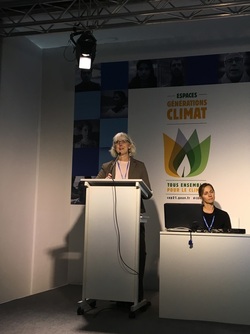 Dr. Diane Husic Dr. Diane Husic It’s a typical Wednesday night at the end of the semester and you find yourself locked in your room, wiling yourself to write that research paper that you were supposed to start months ago and is now due tomorrow. That should give you an idea of what the treaty negotiations have looked like, except instead you’ve got 195 other people with you and you all have to agree on every. single. word. No one said this treaty thing was going to be easy. Now while that sounds like a great time, my ACS observer credentials don’t actually get me into the rooms where those talks happen. Instead, this afternoon I made my way into a great session on bridging the gap between research and application for climate policy, led by Dr. Diane Husic of Moravian College. Amongst the short panel speeches, Dr. Saleemul Huq’s stood out to me. Representing Bangladesh, the most vulnerable country to the impacts of climate change, he described adaptation as the process of learning from doing. The impacts of climate change are understandably remarkably different around the world and must be treated on a case-by-case basis. Therefore, we need not only our scientific researchers and policy makers, many of whom are here at COP21, but also doers, the people who are on the ground, making changes. In cases of climate, it just so happens that these people are often the ones who need to adapt the most, the poorest in the poorest countries around the world. Bangladesh has been there, done that, and can serve as our adaptation model. At the end of COP21, when our leaders (hopefully) identify our global targets, it will trickle down to the cities and local communities to implement these changes and adapt to our new climates. We must be ready for that. Field trip to Bangladesh anyone? During the conference, I am trying to get out of my comfort zone (clean air), and I have been participating in multiple events attempting to broaden my knowledge and get a better understanding of the different implications of climate change. For example, yesterday I went to various events regarding the impacts of climate change on health, renewable energy, food and agriculture. However, today one of the most wonderful talks that I have been able to relate to was Renewable Energy Access to Latin America. Due to my Hispanic/Latin Heritage, it was a must that I attend, also it was given in Spanish (my native language). In the discussion of Renewable Energy in developing countries, we always use African countries as an examples, when in fact we have some other countries within our own hemisphere. In Latin America, the differences in social classes are very high. There are still people that can't satisfy basic necessities, and there are also people that don’t know the electricity as we know it, like the indigenous community. There is too much power in too few hands, avoiding the competitiveness. So combating the climate change by using renewable energy via energetic interconnection (like a spider web), we are also trying to fight poverty. Latin America has an enormous dependence on petroleum, when it is a region rich in natural and renewable resources. Currently in South America, they use hydropower as a renewable type of energy. However, recently its production had been decreasing due to the effects of climate change on water resources. Therefore, they started looking for some other ideas to combine, to prevent failure if in the future a different type does not work. We don’t only need to reduce the carbon footprint, but also our ecological footprint. The solutions and alternative exist in a long-term, clean, and cost-effective way, but the implementation and influence the policymakers is still a challenge. Even though politics in the whole American Continents have been discouraging, public policies and politics overall need to be more seriously committed to these issues. Therefore, we as the young people need to be empowered, inclusive, open minded, and involved in these kinds of topics to do not repeat the same mistakes from the past.
At a time where tensions are high, discussions are ongoing and most countries are eager to brag about their positive efforts with flashy posters and distracting gimmicks one is left to wonder where do we really go from here. Making bigger and louder signs telling us to recycle, shut the lights when we leave the room, and take public transportation isn’t a full solution albeit helpful tips. Some say that the solution is one of innovation and technology for clean power. U.S. Secretary Moniz will be awarding $125 million for 41tech projects. “As we look beyond COP21, the energy technologies the Department of Energy invests in today will provide the solutions needed to combat climate change and develop a global low-carbon economy in the future.” said U.S. Secretary Moniz. I don’t disagree but this alone implies we should do nothing until the scientists and engineers of the world come up with a magical unlimited and clean energy source. The global procrastination, just like when you avoid doing your own work, means that all the fun is in the past and now you’ve got an all-nighter ahead of you. You just hope that the Netflix marathon was worth it and that you can make up the difference. We need to roll up our sleeves and avoid “business as usual” with a side of cheerful “things will get better”. Even if some of the political figures accept some responsibility and speak vaguely with a hopeful tone, we can’t pretend that optimism will clean our air and rebuild our ice caps. There’s a solid gap between encouraging speeches, treaty negotiations, innovation and real world solutions. We shouldn’t leave with the assumption that once we agree on values to decrease carbon emissions that resolution will be imminent. It will barely be the beginning and a late one at that. Current negotiations are whittling down texts line by line but what will be the transferable change? Don’t we need to begin with the end in mind? With a legitimate, substantial effort to not only mitigate the situation but to resolve the global ideas about quality of life over return on investments can we truly come together with a unified direction of a better planet and a better life. We’ve been treating the earth like a buffet table, it might be time to put down the fork and think if we’re hungry. Just like with most weight loss attempts, the concepts are clear as day but you have to be ready to commit and prioritize quality of life over indulgence. You’re vocal about losing the weight but your actions bring you back to the pint of ice cream. You know what the right thing to do is. Will you do it?
Whenever most people think about climate change, the classic image that comes to mind is that of a polar bear floating on a lonely piece of ice. Climate plays a deeply significant role in the environment, so making any change to it results in large and complex effects. It can influence water, forests, agriculture, food security, oceans, biodiversity, and even your health. At first, it can be hard to believe that changes in climate can lead to health problems (especially in a country like the United States). However, climate change affects the social and environmental determinates of health such as clean air, safe drinking water, sufficient food, and secure shelter. While that may seem legit in print, I have always had a hard time applying this idea to my own life, especially since I have had ample access to doctors, a house, and plenty of food. While at the United Nations Climate Change Negations, I decided to attend a talk about climate and health with the expectation that the discussion would focus on heat or extreme weather related deaths. As I sat down with my headset that translated the French, I heard Dr. Francios Boller from the George Washington Medical school say that air pollution can lead to Alzheimer’s and other degenerative brain diseases. That’s right – you read that correctly. At first, I thought I misheard something or that the translator was somehow wrong. I knew that air pollution could lead to heart or lung problems, but it hadn’t occurred to me that it could result in a disease so horrific and mysterious. Like any good scientist, I quickly returned home to shift through some scientific studies to get to the bottom of this troubling information (and so that you don’t have to). After searching through google scholar, I found that particles in the air due to pollution are suspected to contribute to many different disorders ranging from heart disease and even to obesity. One study found that smoke and other fine particles contribute to the development of childhood obesity. More recent work has suggested that these particles play a role in degenerative brain diseases like Alzheimer’s and Parkinson’s. Since the particles in pollution are so small, they can pass from our nostrils up to the brain. Studies show that this leads to elevated rates of brain disease and accelerated mental decline.
I cannot stress enough that these results are preliminary, although they are compelling. Many other risk factors can contribute to these disorders, and it is uncertain whether the particles initiate these diseases or just accelerate them. Overall, it is important to remember that the effects of climate change are happening all around us. The rising temperatures exacerbate the pollution and can cause people in your backyard and around the world to suffer in many different ways. |
Categories
All
Archives
March 2024
|
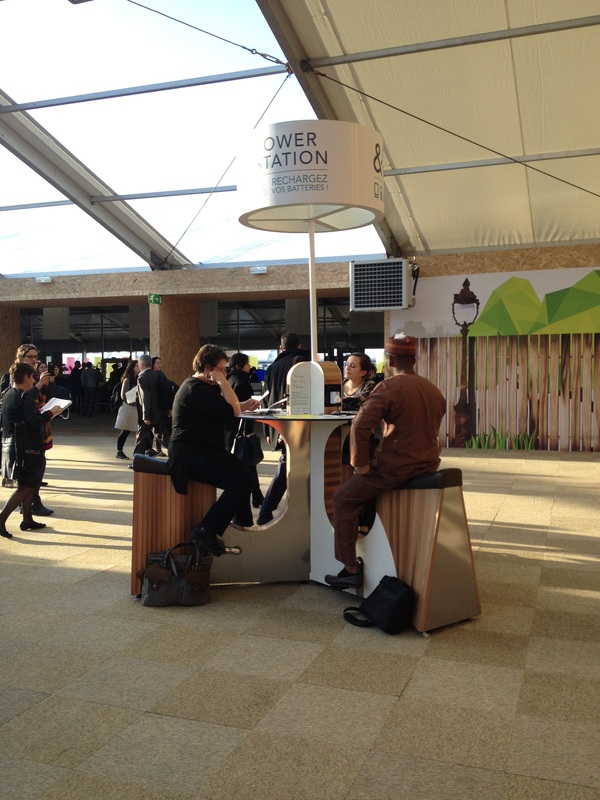
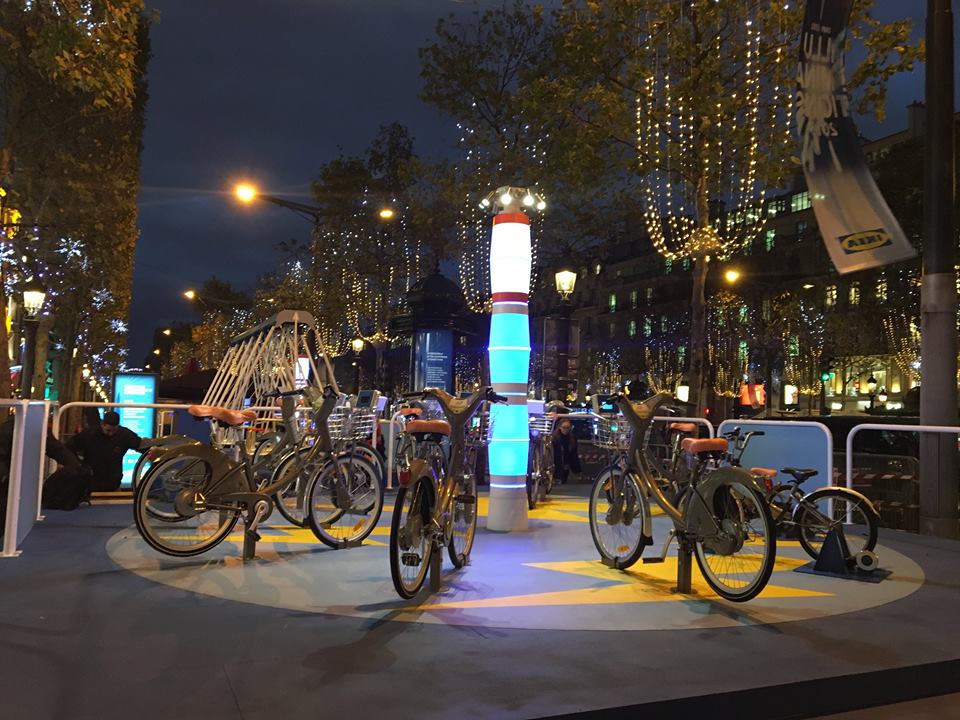
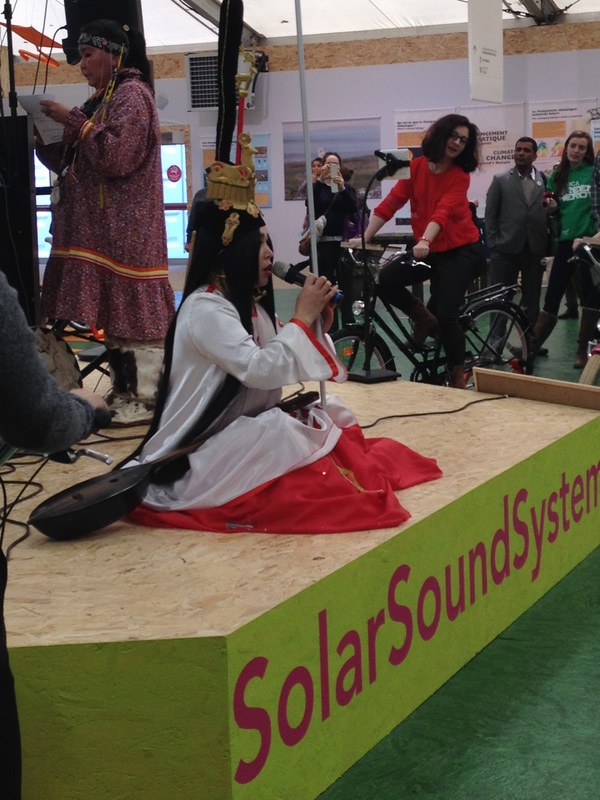
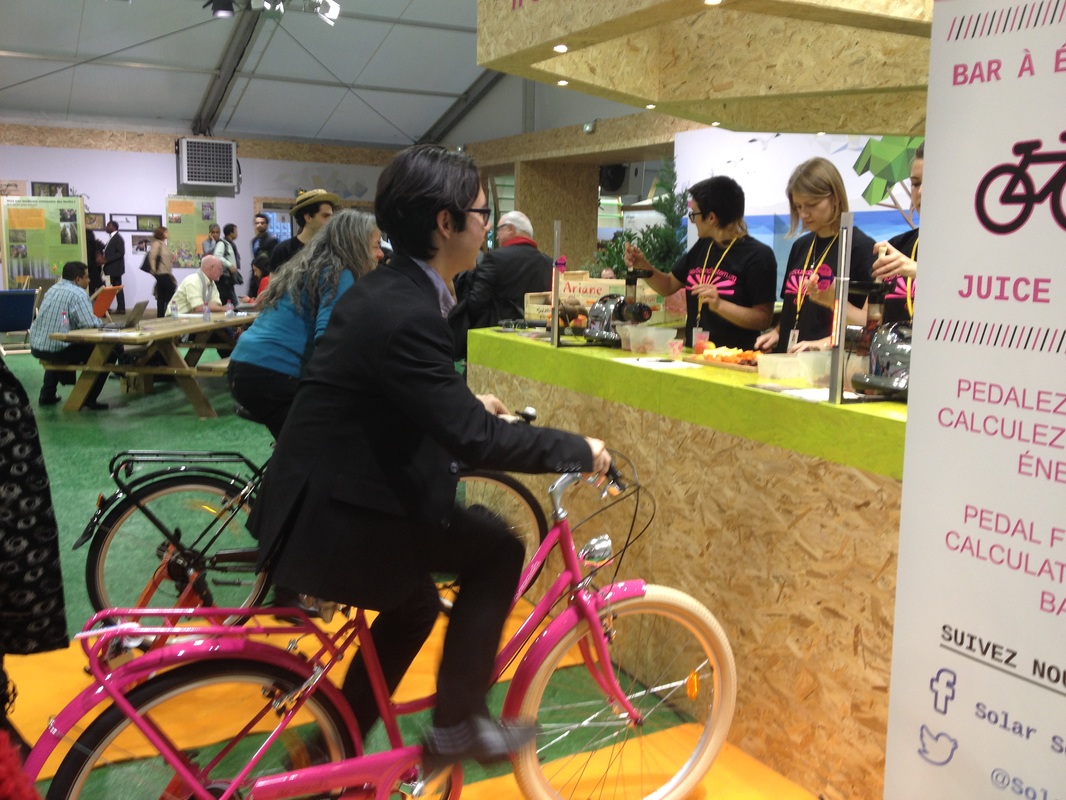
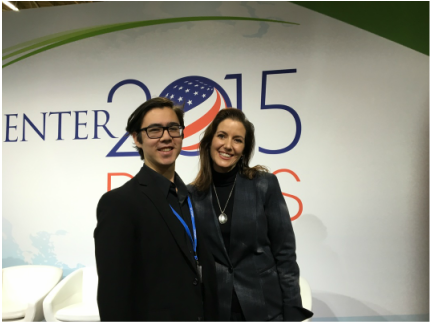

















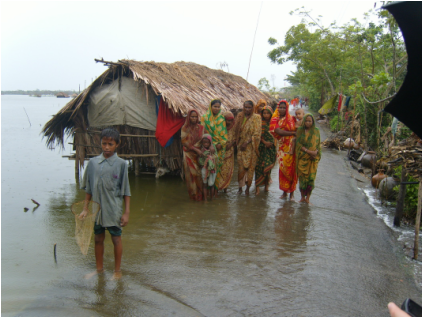
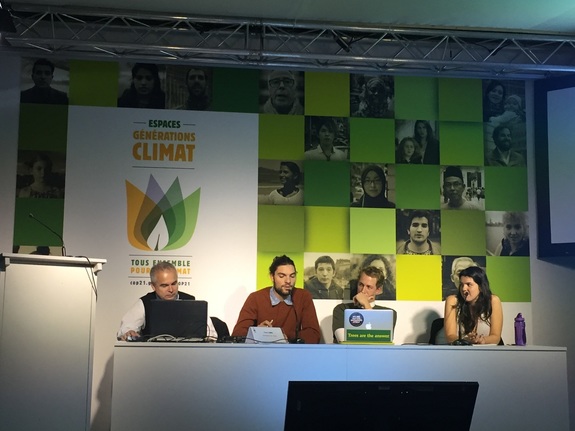
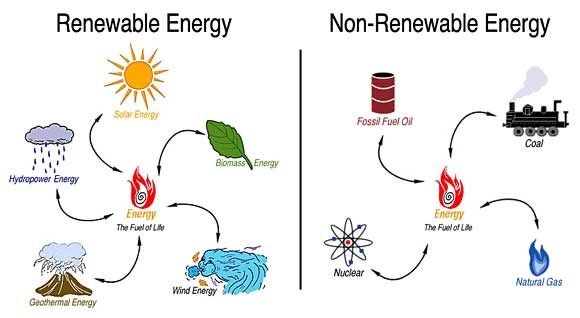
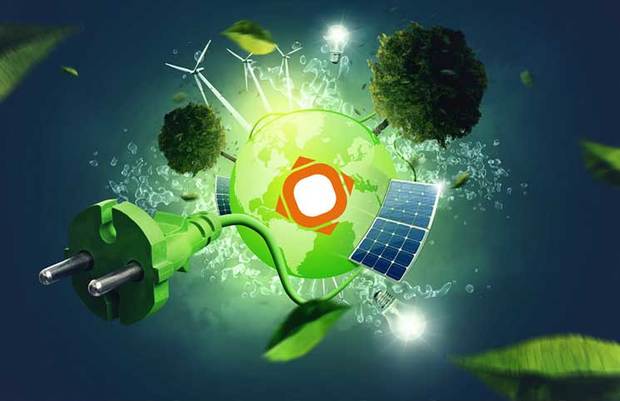



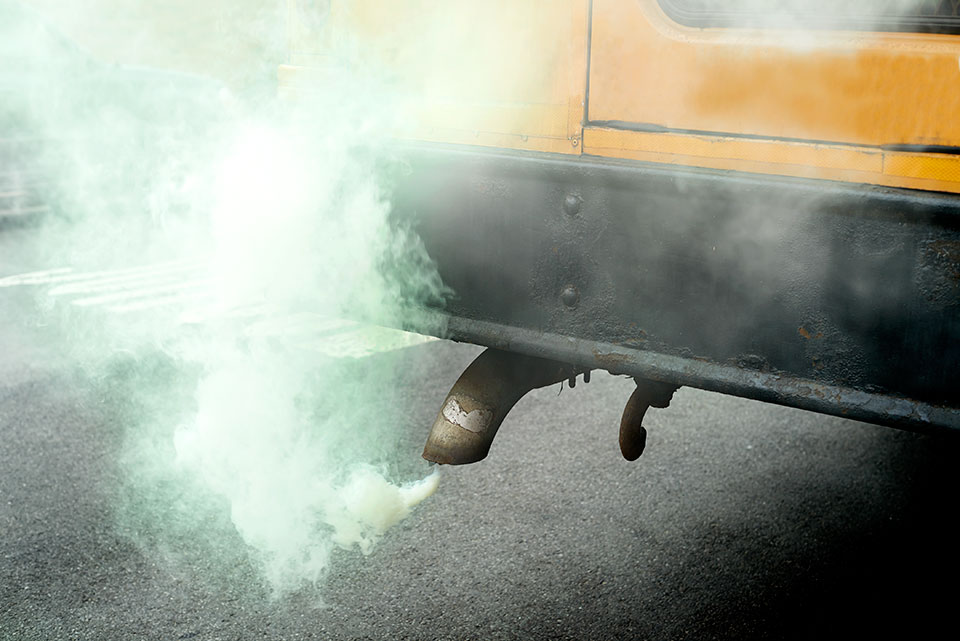
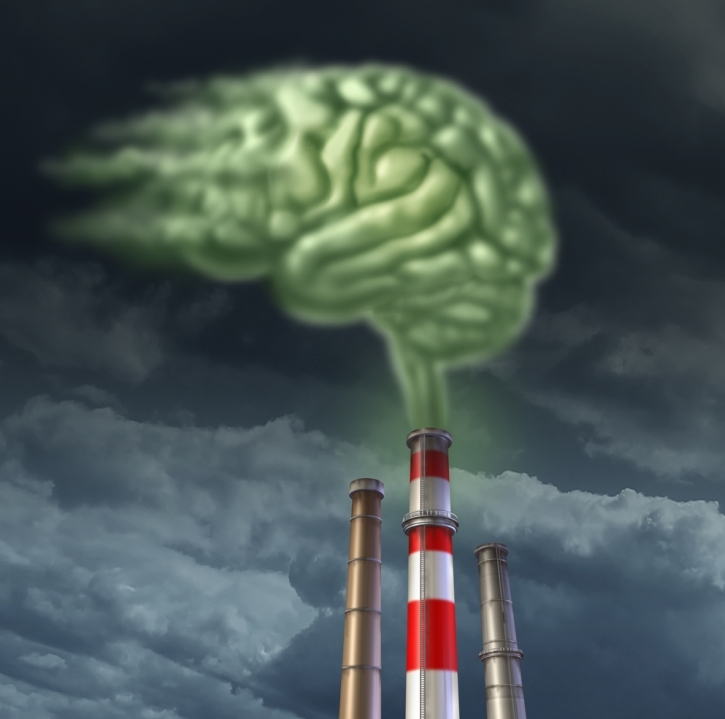
 RSS Feed
RSS Feed
